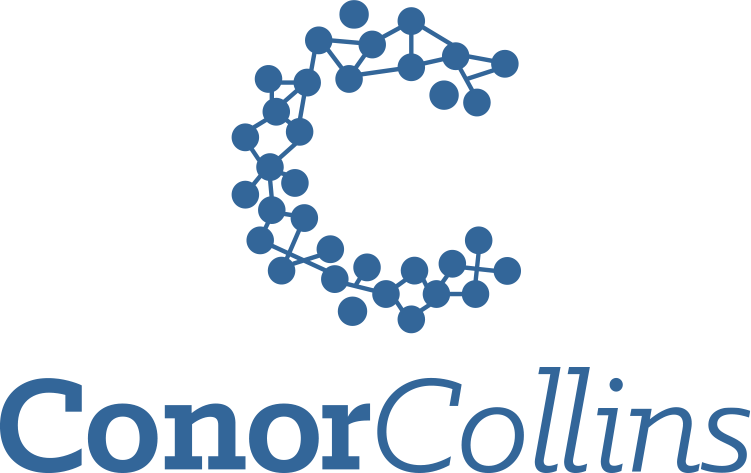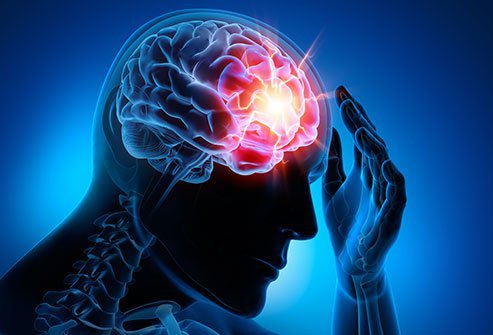Since Sidney Crosby sat out an NHL season, the word “concussion” took on a whole new meaning. The number of research papers grew exponentially and awareness for the injury increased in popularity in both mainstream media and medicine.
For many of us, this is was not a surprise. For years medical professionals have been aware that a concussion is in fact an injury, a brain injury.
A concussion is defined by the Ontario Neurotrauma Foundation as, “a complex pathophysiological process affecting the brain, induced by biomechanical forces”. While this definition offers a general overview of the condition, it does not outline the potential list of symptoms, treatments, and presentations involved in this incredibly complex injury.
As research continues, the fact remains Massage Therapists continue to play an integral role in concussion management. With increased involvement, there is a need for a better understanding of how to serve patients in their recovery process. This article hopes to provide education on common trends within the concussion community and how the massage therapist can improve patient outcomes.
Acute concussions, with early diagnoses and intervention, result in very favourable patient outcomes. In fact, research shows that 85%-90 of concussions will resolve within 7-10 days. Of the remaining 15%, recovery times range from weeks to years in length.
A common question asked during this period is “how much complete rest should a patient take?” During the most recent consensus statement on concussion, in Berlin, experts concluded complete rest should not exceed 24-48 hours, at which time patients can begin a tailored return to activities protocol. During the acute phase of the injury, symptoms that take priority include post-concussive headache, sleep hygiene, and accompanying or emerging mood disorder.
Massage Therapists are often called upon to help manage the above symptoms, with headache being the most common. As such, the importance of headache recognition by the massage therapist plays an integral role in patient recovery.
The most common type of headache suffered after a concussion is a tension headache. Tension headaches originate in the autonomic nervous system and are perpetuated by the metabolic crisis of a brain injury. Tension headaches are typically bi-lateral, “stabbing or throbbing” in nature, and aggravated by increased physical exertion, or cognitive stress beyond a patient’s threshold. Tension headaches lend themselves to treatments that are focused on relaxation, with the primary goal of decreasing the sympathetic nervous system’s effect on post-concussion symptoms.
The second most common type of headache suffered is a cervicogenic headache. Cervicogenic headaches are typical uni-lateral, consistent to one side of the neck, head, or face, and recreated by neck movement and/or palpation. These headaches are typically caused by the associated whiplash injury that accompanies a concussion. A cervicogenic headache requires a treatment whose goals include improving range of motion, tissue tone, and quality.
It’s important to note that tension headaches can often be misclassified as a cervicogenic headache. This may be the most important understanding for massage therapists treating concussion populations. Aggressive treatments without an understanding of headache type may lend themselves to increasing the patient’s symptoms.
Outside of clinical skills, the most valuable thing to offer patients is education. This includes dispelling the myths that exist within the concussion community. Exercise previously thought to be negative now plays an important role in the recovery process. Leddy et al. have done extensive research on sub symptom threshold exercise and its benefit on patient recovery.
The world of rehabilitative therapy offers both vestibular and ocular rehabilitation to help patients manage a multitude of symptoms and return them to pre-injury status. While these methods still require more rigorous research, early case studies show promise in their role in patient management.
Concussion is a scary word. As Massage Therapists involved more than ever in the recovery process it’s important to offer patients support. Re-assure them that there is plenty of new evidence to help their recovery. Search your community to provide patients with resources and most importantly be aware of current advancements in research to provide the best patient outcomes possible.
References
About the Author
Conor’s Sports Injury Therapy background has earned him a growing reputation in the professional sports industry. Conor has consulted for athletes in the NHL, NCAA and IHHF and he was a therapist at the 2015 Pan AM games in Toronto.
When he’s not at the clinic, Conor’s teaching at Mohawk College in the Massage Therapy program or teaching his course “Understanding the Complexity of Concussion” internationally. Conor has written for a variety of magazine and news outlets, as well as participated as an expert at a number of internationally-recognized conferences.



Recent Comments